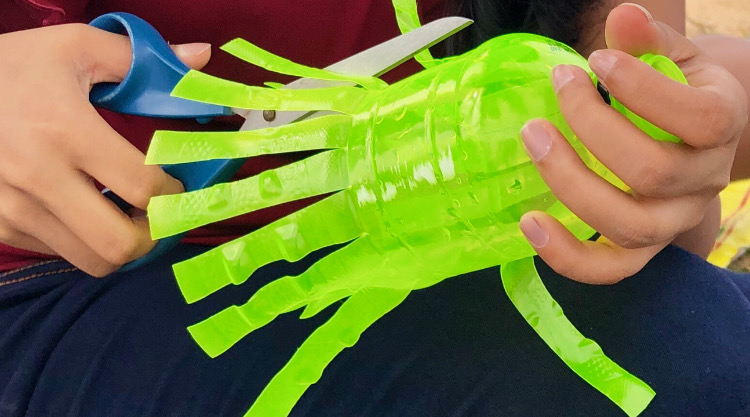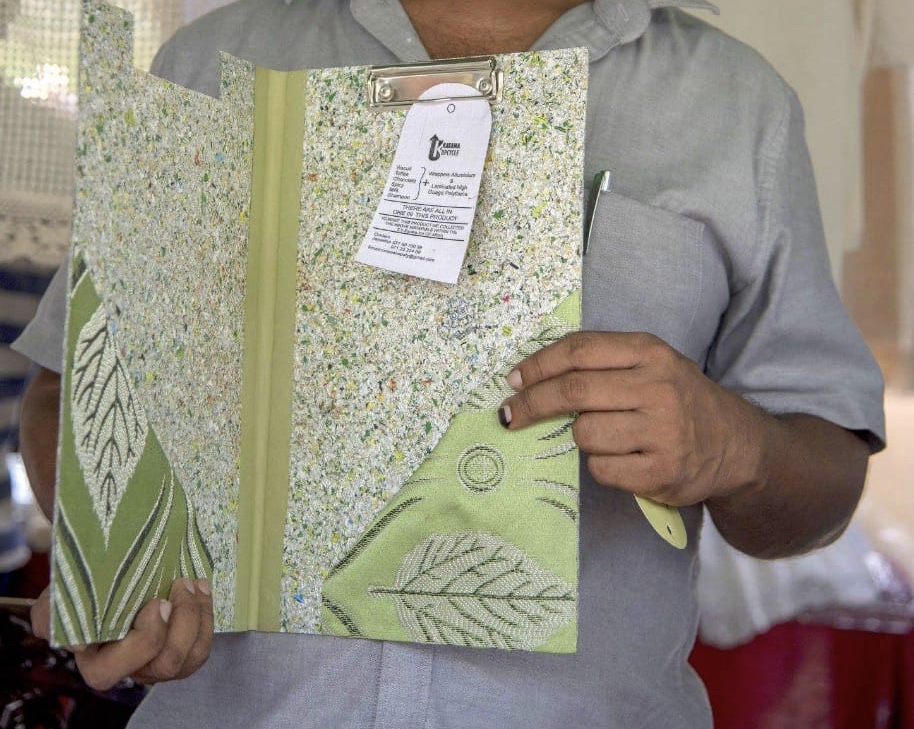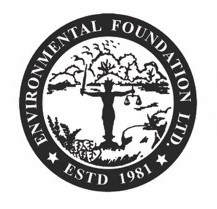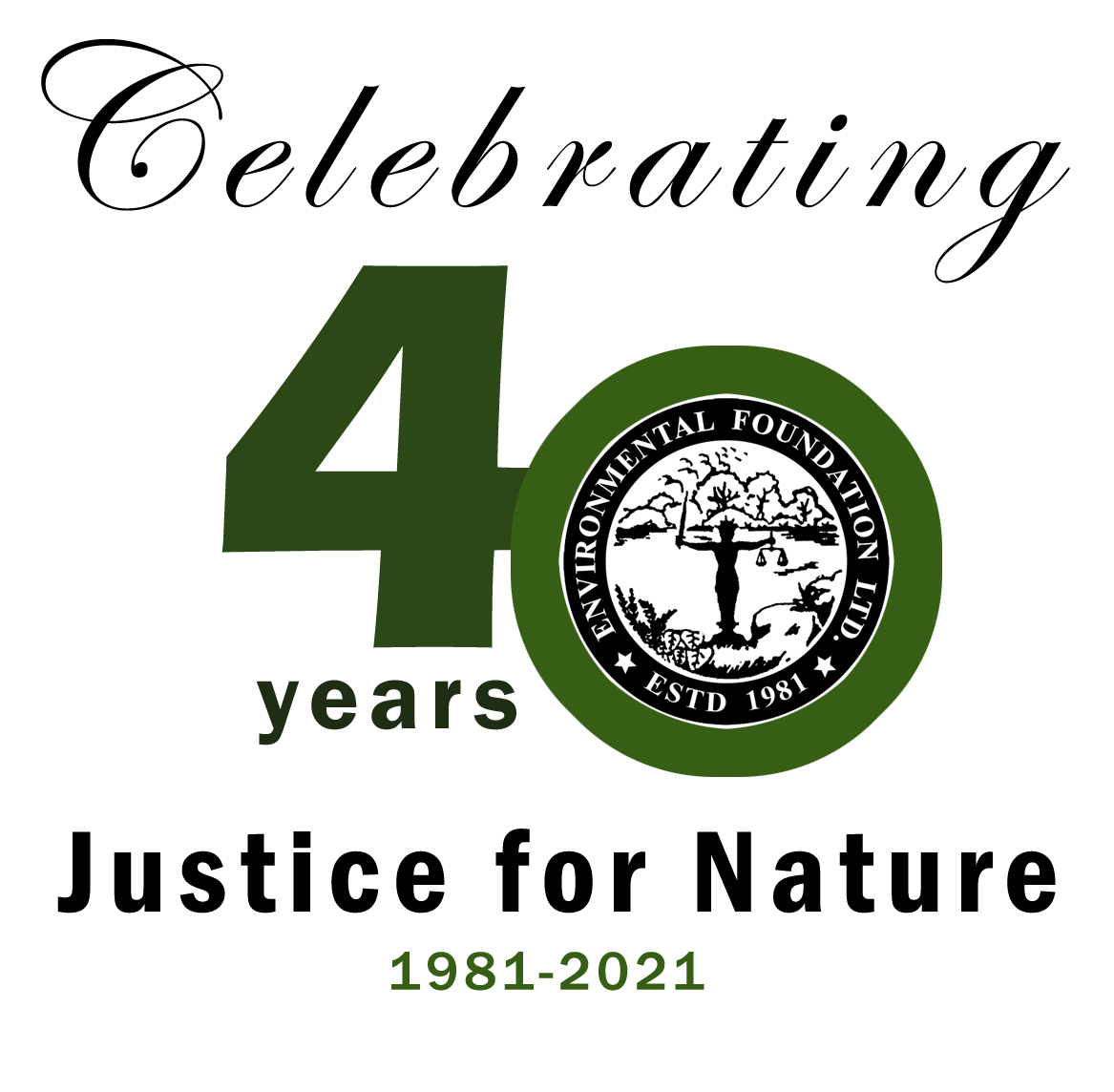Ever since its inception, plastic taken the world by storm; insofar that it is estimated that there will be more plastic waste in the sea than fish by 2050. Production of plastics has increased twenty-fold since 1964, reaching 311m tons in 2014, as per the Ellen MacArthur Foundation report launched at the World Economic Forum.
According to the Ocean Conservancy, 8 million metric tons of plastics enter the ocean annually, on top of the estimated 150 million metric tons that already exist. The plastic waste that the ocean swallows is deleterious to all marine ecosystems, from coral reefs to the gentle giants of the ocean, pushing even the sea turtles that have been around for more than 100 million years to the brink of extinction.
Sri Lanka’s Efforts to Combat Plastic Pollution
It is indispensable for Sri Lanka to take a stance against plastic by minimising production and waste. Thus far, three attempts have been made to do this via legislation; the latest one being the plastic ban imposed in 2017 under the National Environmental Act of 1980 which covered a wide range of polythene and plastic products ranging from plastic decorations, polythene lunch sheets and cooked food packaging to all polythene equal and less than 20 microns in thickness. It even went on to prohibit the open burning of combustible matters inclusive of plastics.

Going beyond the ban, in 2018, EFL called for an introduction of a levy on the use of plastics for consumers, manufacturers or importers, in different capacities, under the Environmental Conservation Levy Act No. 26 of 2008. These levies are meant to be minimal, symbolic amounts but would serve as a noticeable, continuous reminder to the consumers; thus, substantially lessening the average plastic consumption. The proposed levy on plastic by EFL has been brought to notice of the President, the Prime Minister and the Finance Minister so far.
While legislation is mandatory to combat the plastic problem, it is apparent that sustainability of such legislation and responsible disposal of garbage rely on efforts made by all individuals to reuse, recycle and upcycle plastic instead of merely discarding.

What is upcycling?
Recycling is the process of breaking down plastic items so that their base materials can be used for a new consumer product. By comparison, the process of upcycling is much simpler as it uses the same materials at the start of the process to make the new product. The upcycled item’s goal is to be of better, or at least equal, quality than the original product sent to waste.
Upcycling dates back in time to 1930s where families all over the world had to resort to reusing and upcycling due to the lack of resources in times of war. The rebirth of upcycling in the modern era is mainly due to the immense positive impact that it would have on the environment.
Benefits of upcycling
Private Sector
The possibilities of upcycling are endless. With a fast growing environmentally conscious community in Sri Lanka, the upside of upcycling can be taken to the next level by local businesses.Various products including brooms made out of plastic bottles, plastic cup chandeliers and even fashionable items varying from jewelry, clutch bags to laptop covers can be introduced at stores. The uniqueness of such innovative products, compared to what is familiar to the consumer’s eyes would undoubtedly increase their marketability, attracting and inspiring more eco- conscious customers. Not to mention the drastic reduction of the cost in repurposing instead of purchasing raw materials for production. Some examples include turning plastic bags into yarn for knitting, using plastic bottles as pots for planting.


Schools
Giving a new life to a used product which in turn helps conserve the environment, is a valuable skill that can be encouraged in schools. This will go on to inspire creativity and innovation in students, while fostering young activists. Plastic bottle pencil holders and no-sew pencil cases, bird feeders and artwork such as bottle cap mosaics are some of the activities that students can be encouraged to partake in classrooms.
Home-based
Plastic can be upcycled into necessities right from home. These include do-it-yourself (DIY) activities like turning plastic cups into smart phone sound amplifiers, cupcake holders, ornament storages, popsicle molds and upcycling the plastic coated/ woven cloth rice bags into reusable grocery bags or aprons.
Public Sector and Local Communities
Taking a step further, both rural and urban communities, as well as the public sector, could make great use of “earth bag construction”, which is an inexpensive building method using sturdy sacks (such as plastic rice bags or sand bags) filled with local soil to create structures which are both strong and can be quickly built.Back in 2004, in the aftermath of the destruction caused by tsunami, earth bag building techniques were explored in Sri Lanka. Apart from building emergency shelters in disasters areas, this technique can also be used to build benches, temporary or permanent housing, or barns and commercial buildings.
Upcycling works in opposition to consumer culture as a whole, encouraging individuals to think of new and innovative ways to reuse plastic, instead of simply buying new consumer goods that make their way into landfills and oceans after single- use or purpose. Together with the downsizing of the garbage dumps and plastic-free waterways, Sri Lanka would begin to thrive in the adaptation of such a lifestyle by citizens.
– by Maleesha Gunawardana –






No comments yet.